
After a strong finish to last week, financial markets kicked off Monday with cautious optimism. Friday’s upbeat U.S. labor report, which showed 139,000 jobs added in May, exceeding expectations of 125,000, provided the initial lift.
Equities surged, with the S&P 500 closing above 6,000. However, a closer look at the data revealed a more nuanced picture. Revisions to the previous two months trimmed 95,000 jobs off prior totals, suggesting the labor market remains healthy, but momentum may be cooling.
Wages and Inflation Paint a Mixed Picture

Average hourly earnings rose by 0.4% month-over-month and 3.9% year-over-year, pointing to continued growth in consumer purchasing power. This could support discretionary spending heading into summer. However, the durability of this trend remains uncertain, especially if corporate sentiment starts to weaken amid ongoing trade policy uncertainty.
On the inflation front, the outlook remains stable. Headline CPI is holding at 2.3% year-over-year, the lowest level since early 2021, while core inflation has eased to 2.8%. This suggests inflation is returning to a more manageable range, closer to the Fed’s 2% target. Notably, inflation hasn’t surged despite rising wages and looming tariff effects at least not yet.
Part of the reason inflation appears under control may be due to businesses front-loading shipments earlier this year, building inventory in anticipation of tariffs. That stockpiling has helped absorb potential price pressures for now. However, the real inflationary effects of tariffs may be delayed, not eliminated. Markets are well aware and remain on alert.
The Federal Reserve continues to hold steady despite calls from President Trump for an aggressive 100-basis-point rate cut. With inflation tame and unemployment low, the Fed sees no immediate reason to act. CME FedWatch shows a 0% probability of a cut at the upcoming June 17–18 FOMC meeting. Markets are instead pricing the first rate cut in September, possibly followed by a second by year-end if data weakens.
This cautious stance reflects the Fed’s balancing act. Acting too soon could damage its credibility; waiting too long risks missing a downturn. For now, the Fed is sticking to fundamentals, not politics.
Markets found temporary relief after President Trump confirmed that U.S.–China trade talks will resume in London. Stocks rallied on the news, but corporate caution persists. Many firms continue to delay hiring and capital spending while they await clarity on trade rules.
This uncertainty could surface in upcoming earnings and capex guidance. Though the jobs report and inflation figures have stabilized sentiment, for now, market participants remain wary. Any breakdown in trade talks or unexpected inflation spikes could send equities tumbling again.
Bond markets are reacting cautiously. Treasury yields ticked higher after the jobs data, reflecting expectations that the Fed will delay rate cuts. However, weaker data or inflation surprises could quickly reverse this move, causing yields to fall lower.
Chart-Watch with Caution
Given solid labor market fundamentals and a patient Fed, we approach the charts with a balanced mindset. Sentiment is cautiously bullish, but key technical zones across major pairs and commodities suggest possible inflection points. Here’s what we’re watching:
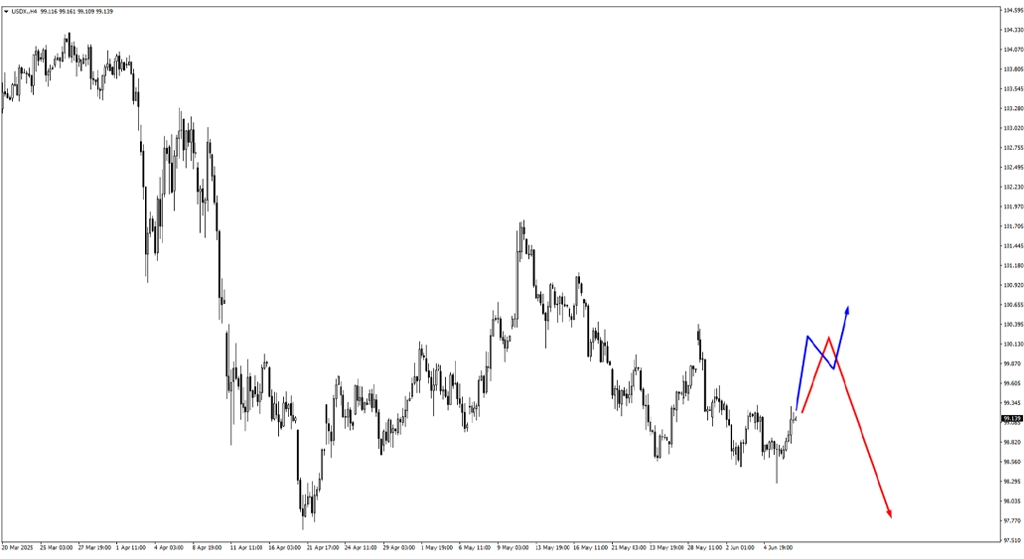
US Dollar Index (USDX): Hovering above 98.00. A continuation could target 99.80–100.50. A rejection here could signal reversal or consolidation.
EURUSD: Slipped below 1.1520, with 1.13564 now key support. A break lower opens downside potential; otherwise, we may see consolidation.
GBPUSD: Just under 1.3600, with 1.3460 and 1.3440 as key support. A break below suggests a bearish continuation; otherwise, sideways movement is likely.
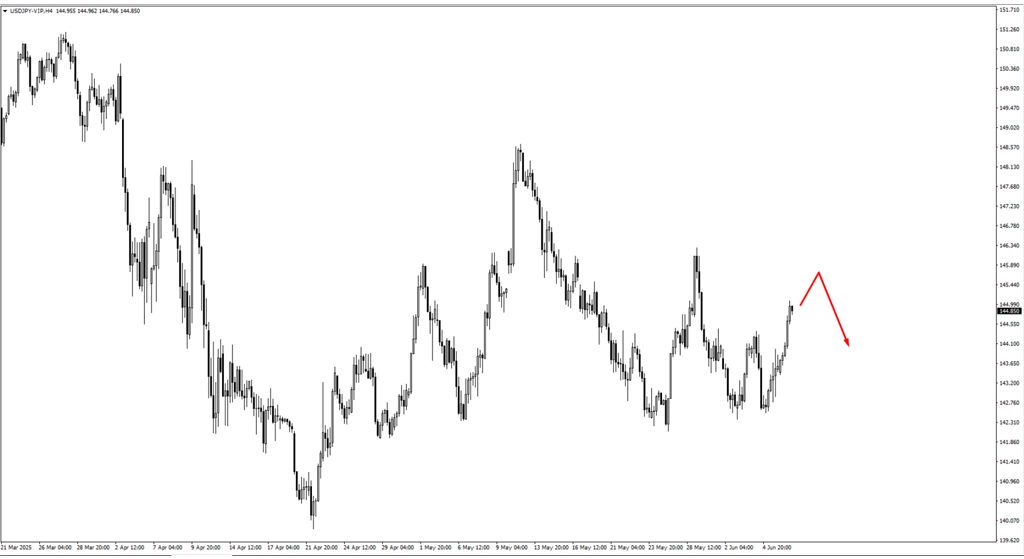
USDJPY: Climbing steadily. Watching 145.75 and 146.60 for potential reversal zones. The yen remains weak unless yields sharply decline.
USDCHF: Consolidating. 0.8275 is key for spotting potential bearish exhaustion and short opportunities amid haven flows.
AUDUSD & NZDUSD: Pulled back after swing highs. Watch 0.6460 for AUD and 0.5960 for NZD as pivots. Both remain tied to broader risk and commodities.
USDCAD: In an up-channel. Watching the 1.3750–1.3780 zone. Crude oil’s movement may help cap CAD downside.
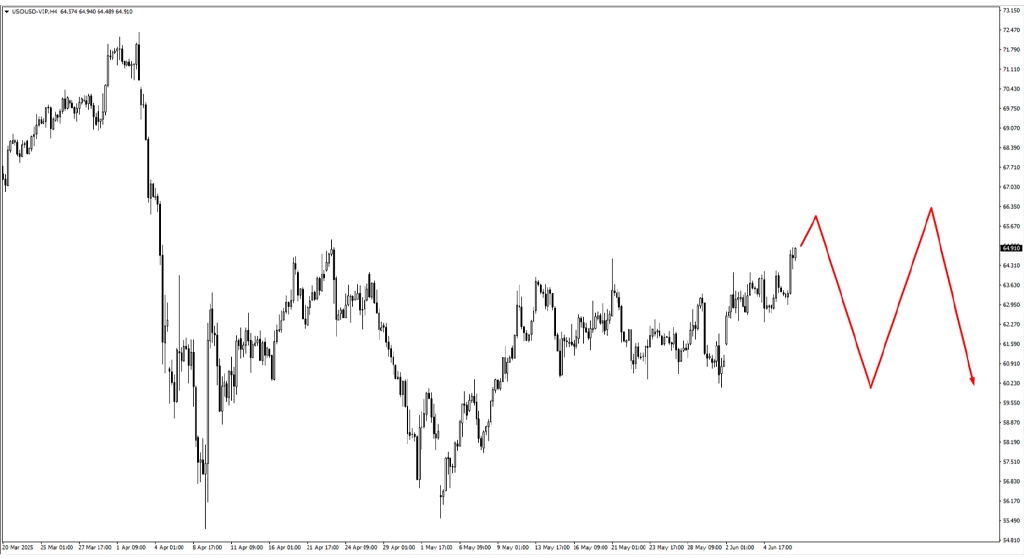
USOIL (WTI): Showing signs of lift but may still be in a larger consolidation. 66.10 is key resistance rejection there could spark another leg lower.
Gold: Revisited 3310. Watching 3340 for potential bearish setups. On the downside, 3295 and 3265 may offer support. No major flight to safety seen yet.
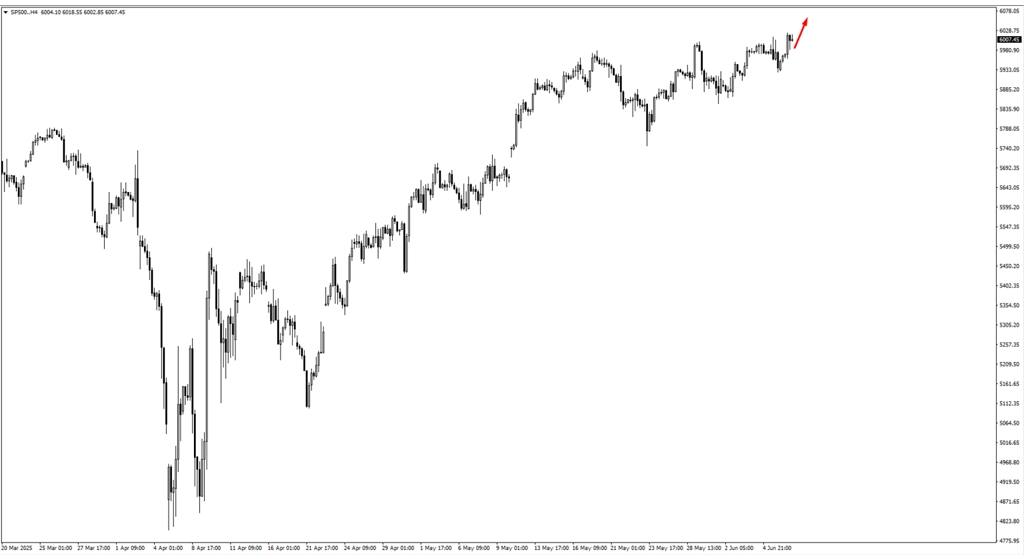
S&P 500: Continued climb, eyeing 6100 as the next resistance. Price reaction there will be crucial amid stretched sentiment.
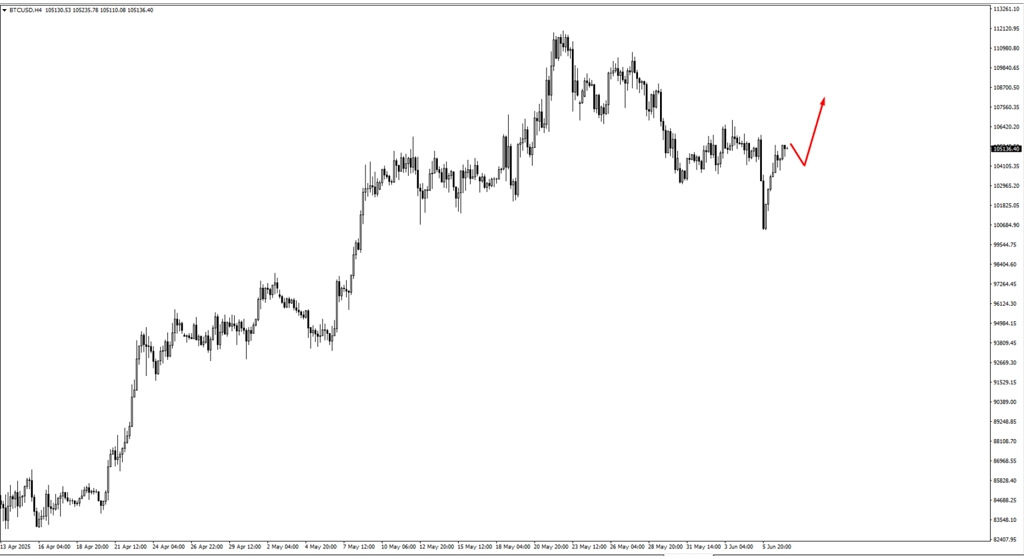
Bitcoin: Tested 99,600. May consolidate before retesting 107,550. Still bullish but overextended. Reacts sharply to risk and liquidity sentiment.
Natural Gas: Upward momentum with resistance near 3.60. Watching for bearish setups at that level.
As always, wait for structure confirmation before positioning. In a macro backdrop that’s stable but vulnerable, reaction over prediction remains the trading mantra.
Key Events This Week
Wednesday, June 11:
All eyes are on the U.S. CPI report. Headline YoY inflation is forecast at 2.5%, up from 2.3%. A hotter reading could delay Fed cuts and strengthen the dollar, while a softer print would reinforce disinflation bets and support risk assets.
Thursday, June 12:
UK GDP (MoM) expected at -0.1% (vs. prior 0.2%)—a weaker reading could pressure GBP further.
U.S. PPI expected to rebound to 0.2% from -0.5%—important for clues on producer-level inflation as tariffs begin to bite.
Friday, June 13:
University of Michigan Consumer Sentiment forecast at 52.5 (vs. 52.2 prior). While secondary, it offers insights into how wage growth and political uncertainty are influencing consumer confidence.







